Exclusive | AD aims to be a thought leader in the design space: Conde Nast's Oona Dhabhar
After launching successful magazines like Vogue, GQ and Condé Nast Traveller, Condé Nast India launched its fourth magazine, Architectural Digest (AD) last March and in a short time has made its presence felt quite well. Condé Nast currently operates in 24 countries, publishing 126 magazines, and with 98 websites from Condé Nast Digital. Recent print launches include GQ in Brazil, Wired in the UK and Italy, Vogue in Turkey, and Conde Nast Traveller in India. Condé Nast India is a 100 per cent owned subsidiary of Condé Nast International. Though India is the ninth edition of the magazine the response has been very encouraging. AD has coped up with expectation and positioned itself as the most trusted authority on design, architecture and living.
On the occasion of AD’s first anniversary issue in India, Adgully caught up with Oona Dhabhar, Marketing Director, Condé Nast India to know more about their journey here and discuss about their future plans. She said, “The journey so far has been really good. Overall, from every angle, it has met and beaten all expectations - in terms of circulation and print run numbers. The market is quite cluttered and there are quite a few magazines in the space, but we have clearly managed to establish AD as a leader, both in the minds of the reader as well as the experts in the space.”
Shedding some light on the magazine’s TG and response from them, Dhabhar explained by saying, “We recently concluded a consumer study which helped us profile our readers. Our reader is an affluent, design-inclined person with an international orientation. Actually it’s 50-50 men and women.”
In terms of affluent readers the parameters are - they’re quite evolved, more than 50 per cent of their readers own a vacation home or a second home and majority of them are exclusive members of private clubs. As per the data, AD readers also tend to be well travelled. A large proportion of them are in the design space, be it architects, designers, owners of design stores and the likes.
On asked about the content strategy she said, “AD has a very distinct positioning. AD promises to showcase the most beautiful homes in the world. That is the core of the magazine and that doesn’t change.”
As for their anniversary issue, AD picked three designers and asked them to showcase their homes. So there was Tarun Tahiliani, Sabyasachi and Suneet Varma on the cover and inside the magazine, you see the homes of these designers – very distinct and different. The other thing is being a thought leader on design within the interiors space and that’s the second promise they are delivering on.
Talking about the circulation plans, Dhabhar said that the magazine is distributed across the top 20 - 25 towns and across a few thousand outlets. The focus is high through – reputed book stores like Crosswords, Oxford and Landmark. Adding further she said, “We continue to work with the Living Media Group, the distribution arm of the India Today group to distribute all our titles. We have taken measures to ensure that the magazine is easily available to the affluent style conscious audience across India where ever they are.”
“Airport book stores are another important distribution outlet. We are probably the highest distributed magazine in our category. We will continue to look at plans to expand our distribution foot print as the brand grows,” she elaborated further.
Dhabar mentioned that magazines like Vogue and GQ have seen an increase in their circulation and readership numbers by 10 to 12 per cent and that is a trend which is seen every year. While the market size for a magazine like AD is difficult to estimate, there is definitely an interest and an inclination among the affluent audience.
She says, “Given that, there is going to be some increase in circulation revenue, it depends on the price points that magazines manage to establish and how you grow those price points. So when we entered the market about five years ago with Vogue, Rs 100 as a price point for a magazine was not really established. Quite frankly, it didn’t even exist in the market.”
Speaking about the future plans and the goals that she had set for her magazine 3 years down the line, Dhabhar said, “We need to continue to deliver high quality content. What we have delivered till now has worked. Editorially, that focus continues. From a marketing perspective, the good news for AD is that within a year’s time we’ve managed to create interesting properties and that’s something we want to continue to build on.”
AD Magical Spaces is a property where they request celebrities from interior design space to recreate a public space. Last year, with Suzanne Roshan, they did a living home in middle of Palladium. So that was one initiative.
“We’re discussing how to take it out from Mumbai to wider audiences. Similarly, we created a property called AD Salon, a small event where influential readers of the magazine visit homes that we’ve actually covered in the magazine. We’ve also done something called AD Studio where we conduct workshops around our content. We have many more of such properties and are planning to launch a few more this year. Going forward, our focus will be to take these properties to a wider audience,” she adds.
When asked about the key markets in their kitty, she said, “There is an audience for special interest magazines in India. If magazine publishers are willing to use the high quality content that is on par with global standards that people expect, then definitely there is a larger audience for it.” |By Aanchal Kohli[aanchal(@)adgully.com]



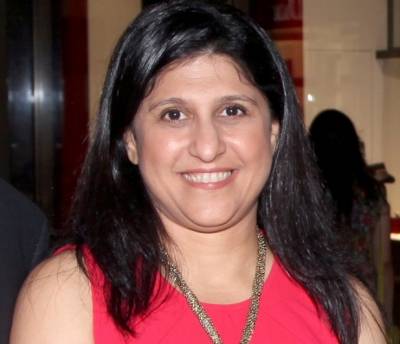




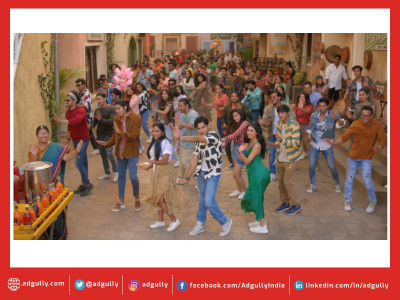

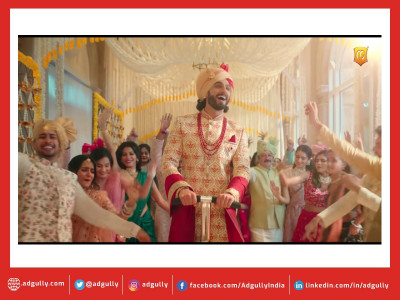
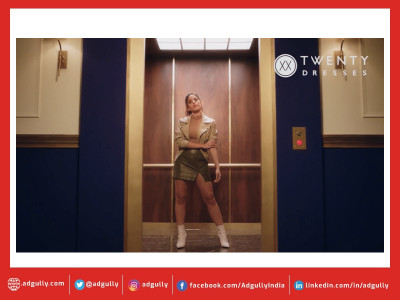

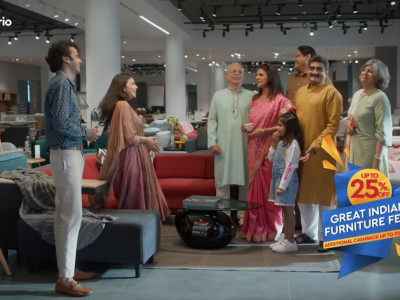
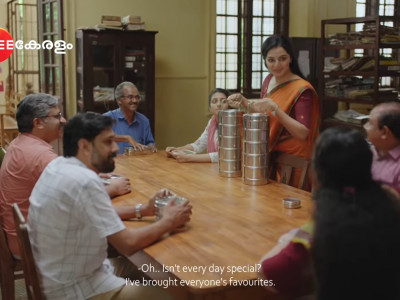



Share
Facebook
YouTube
Tweet
Twitter
LinkedIn